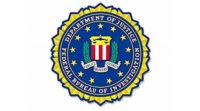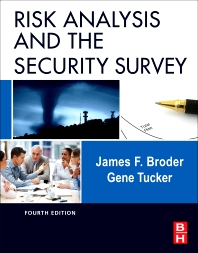Increase in U.S. Retail Theft Could be Tied to Organized Crime

"It is possible this increase is due to the prevalence of Organized Retail Crime (ORC) where items are stolen in quantity and then resold to consumers on the Internet or at flea markets," said University of Florida criminologist Richard Hollinger, Ph.D., who directed the survey. "The National Retail Federation just completed its own survey showing an increase in ORC activities with more than 95 percent of retailers saying they had been victims and almost 85 percent indicating that the problem had gotten worse over the last three years."
Retail theft includes shoplifting, employee theft, administrative error and vendor fraud.
As in years past, employee theft made up the largest portion with $16.2 billion in losses or more than 43 percent of the total. The second biggest category was shoplifting and ORC with a loss of $12.1 billion or almost 33 percent of the total losses.
There are a number of technologies available to help retailers combat retail theft. Some are especially good at helping to detect and limit ORC activity, according to Michael Creedon, vice president, national accounts for retail at ADT Commercial.
Smart camera systems can help pick up unusual behavior such as a shelf of over-the-counter pain medication disappearing into the coat of a shoplifter. These intelligent camera systems can help follow a suspected shoplifter throughout the store recording movements and alerting store management.
High definition and megapixel cameras are allowing retailers to capture top quality images of shoplifters or ORC gang members and match up those images with law enforcement photos. Advances in network technology are allowing more retailers to take advantage of cameras and recorded video. Retailers have the option of using the power of cloud computing to simplify their systems and maximize their technology investment by outsourcing the collection and storage of video while still having 24/7 access to view it from almost any location with an Internet connection.
Retailers are also turning toward new and more efficient inventory technologies. Radio frequency identification (RFID) tags are helping retailers complete inventory tasks in hours as compared to the days it previously took. Knowing what merchandise they have and where it is located is key in detecting retail theft. It can help a retailer sort out what merchandise is being lost to vendor fraud, administrative error or to employee theft and shoplifting. Once the retailer knows what is causing the losses, action can be taken to stop or limit it.
Looking for a reprint of this article?
From high-res PDFs to custom plaques, order your copy today!








